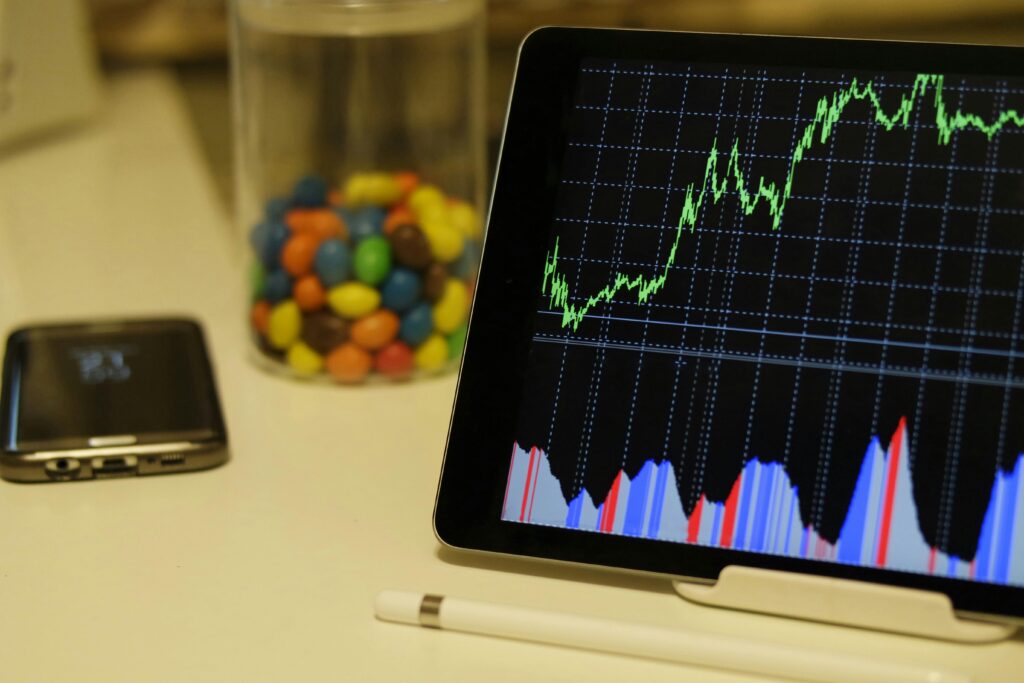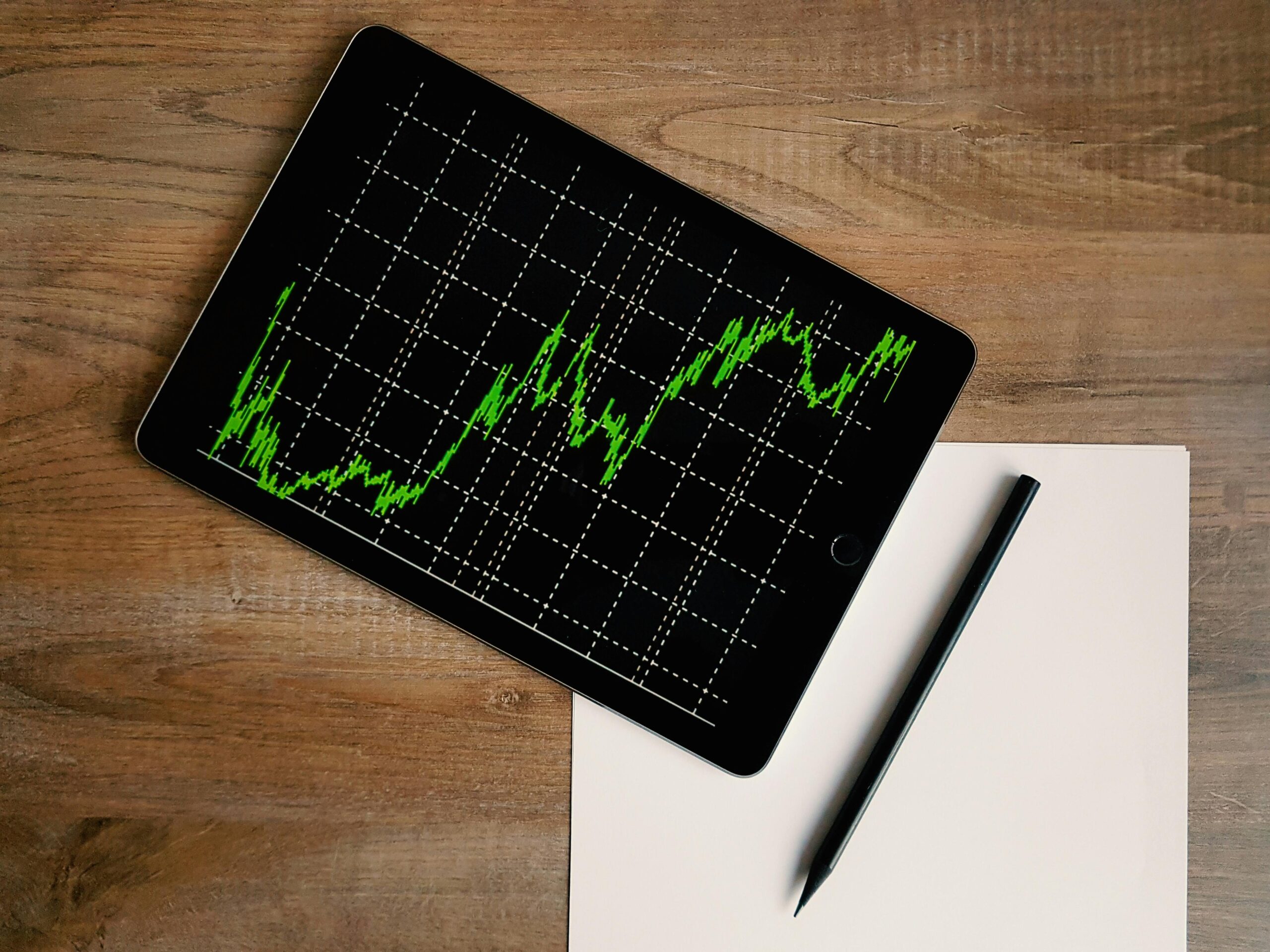Hey there, finance enthusiasts! Picture this—you and I are sitting in a cozy café, steam rising from our cappuccinos, the chatter of people in the background, and I casually lean in to ask: “Have you ever thought about trading, not just as a gamble, but as a skill you can master?” That’s what today’s conversation is all about. We’re going to dive deep into trading tips for beginners to master finance in 2025. If you’ve ever felt overwhelmed by the jargon, or maybe even burned your fingers in the market, this guide is for you.
Because let’s be honest, trading can feel like riding a rollercoaster blindfolded. One minute you’re up, the next you’re spiraling down. But here’s the thing—when you strip away the noise, trading isn’t about luck. It’s about discipline, knowledge, and practice.

Understanding Trading in Finance: A Beginner’s Primer
So, what is trading, really? At its simplest, trading is buying and selling financial instruments—stocks, commodities, currencies, even crypto—over shorter time frames than investing. We’re not talking decades here. Think hours, days, or weeks.
But—and this is where a lot of newbies get it wrong—trading isn’t a shortcut to wealth. It’s not like winning the lottery. It’s more like learning to cook. You don’t become a chef by watching one cooking video. You chop onions, burn a few curries, get the seasoning wrong, and slowly, your hands know what to do. Trading is exactly like that.
When I first started dabbling in markets back in the early 2010s, I remember buying a stock purely because a friend’s cousin (yes, that far removed!) said it was “a hot pick.” Guess what? It tanked the next week. That loss was small, but the lesson was priceless—never trade blindly.
Finance Basics: Essential Trading Tips for Beginners
If you’re serious about trading in 2025, here are some trading tips to keep your journey smoother:
- Educate Yourself
Don’t jump in with both feet. Learn the basics first. The markets have evolved—a lot. Today, you’ll find structured courses on SEBI’s website, free tutorials on NSE’s Knowledge Hub, and AI-driven apps that simulate trading. Make use of them. - Start with Paper Trading
Ever practiced driving in an empty parking lot before hitting the highway? Paper trading is like that. Platforms such as Zerodha Varsity or Upstox Pro now let you practice with virtual money. You’ll feel the thrill without risking a dime. - Begin Small
The temptation to throw in big money is real, but resist it. Start with an amount you can afford to lose. In fact, treat your first trades as tuition fees—you’re paying to learn. - Keep a Trading Journal
This one’s underrated. Write down every trade you make, why you made it, how you felt before and after. It’s like keeping a food diary when dieting—you’ll catch bad habits quickly. - Follow the News, But Filter the Noise
With AI algorithms trading billions in milliseconds, global events hit markets faster than ever. In 2025, even a policy update from the Fed can ripple through Indian stocks instantly. But here’s the trick—don’t react to every headline. Learn to filter what truly matters.
The Power of Technical Analysis in Finance
Let’s talk charts. No, not the ones that show who’s topping the Billboard charts, but stock charts. Technical analysis is the language traders use to decode market behavior.
At first glance, those candlestick patterns and moving averages look like hieroglyphics. But once you get the hang of it, they’re like Google Maps for trading—they show you possible routes, warn you of potholes, and sometimes, suggest a shortcut.
Why Technical Analysis Matters in Finance Today:
- Improves Decision Making: Imagine you’re deciding whether to sell a stock. Without technical analysis, it’s a guess. With it, you can see support and resistance levels, giving you a rational basis.
- Risk Management: Technical tools help you set stop-loss levels. Think of it like putting training wheels on your bicycle—you still ride, but the fall isn’t catastrophic.
Practical Examples for 2025 Traders
- AI-Powered Signals: Apps like Smallcase and Sensibull now integrate AI to generate trade signals. But don’t follow them blindly. Use them as a second opinion, not gospel.
- Options Trading: With SEBI tightening rules on margins, beginners can no longer over-leverage themselves as easily (thank goodness!). If you’re exploring options, know that 2025 is all about strategies like spreads and covered calls, not reckless naked positions.
- Crypto and Beyond: While RBI’s regulations now require KYC compliance on all crypto platforms, crypto trading is still active in India. Beginners should treat it as high-risk, high-volatility territory.
Resources to Learn Trading in Finance
If I were starting today, here’s where I’d go:
- NSE Knowledge Hub – Free, structured modules.
- Zerodha Varsity – Bite-sized lessons with real-life case studies.
- YouTube Creators – But choose wisely. Look for educators, not “get rich quick” gurus.
- Books – Trading for a Living by Alexander Elder remains a classic, and it’s more relevant than ever.
Mistakes Beginners Should Avoid in Trading
Let’s be real—mistakes will happen. But you can avoid the costliest ones:
- Chasing Hot Tips: Remember my cousin’s cousin story? Don’t repeat that.
- Overtrading: Trading 10 times a day doesn’t make you smarter. It just makes your broker richer.
- Ignoring Emotions: Ever held onto a losing stock because “it’ll bounce back”? That’s greed talking.
- Skipping Risk Management: If you’re not setting stop-losses, you’re basically bungee jumping without a rope.
Does Trading Fit Into Your Finance Journey?
Here’s a question most people skip: “Is trading right for me?”
Trading is not everyone’s cup of tea. It demands time, focus, and resilience. If your day job is hectic and leaves you drained, long-term investing might suit you better. But if you enjoy analyzing patterns, love the thrill, and can stomach volatility, trading can be rewarding.
Think of trading as running a marathon in bursts. You sprint, then pause, then sprint again. If that rhythm excites you, welcome aboard.
Final Thoughts: Mastering Trading and Finance in 2025
So, where does this leave us? Trading isn’t magic. It’s a craft. A mix of logic, discipline, and psychology. As a beginner in 2025, you have more resources at your fingertips than ever before—AI-powered platforms, SEBI-regulated environments, and global market access right on your phone.
But here’s the kicker—success will still come down to how much you learn, how disciplined you are, and how you handle losses. Because losses will happen. The goal isn’t to avoid them completely, but to manage them smartly.
So, are you ready to dip your toes into this dynamic world? If yes, start small, learn daily, and keep refining your craft. Remember, this journey isn’t about one lucky trade. It’s about consistency, resilience, and growth.
And hey—let’s keep this conversation going. Share your first trading experience in the comments below. Did you make money? Did you panic-sell too soon? I’d love to hear your stories.
Because in the end, the best part of finance is not just the numbers—it’s the people behind them.

